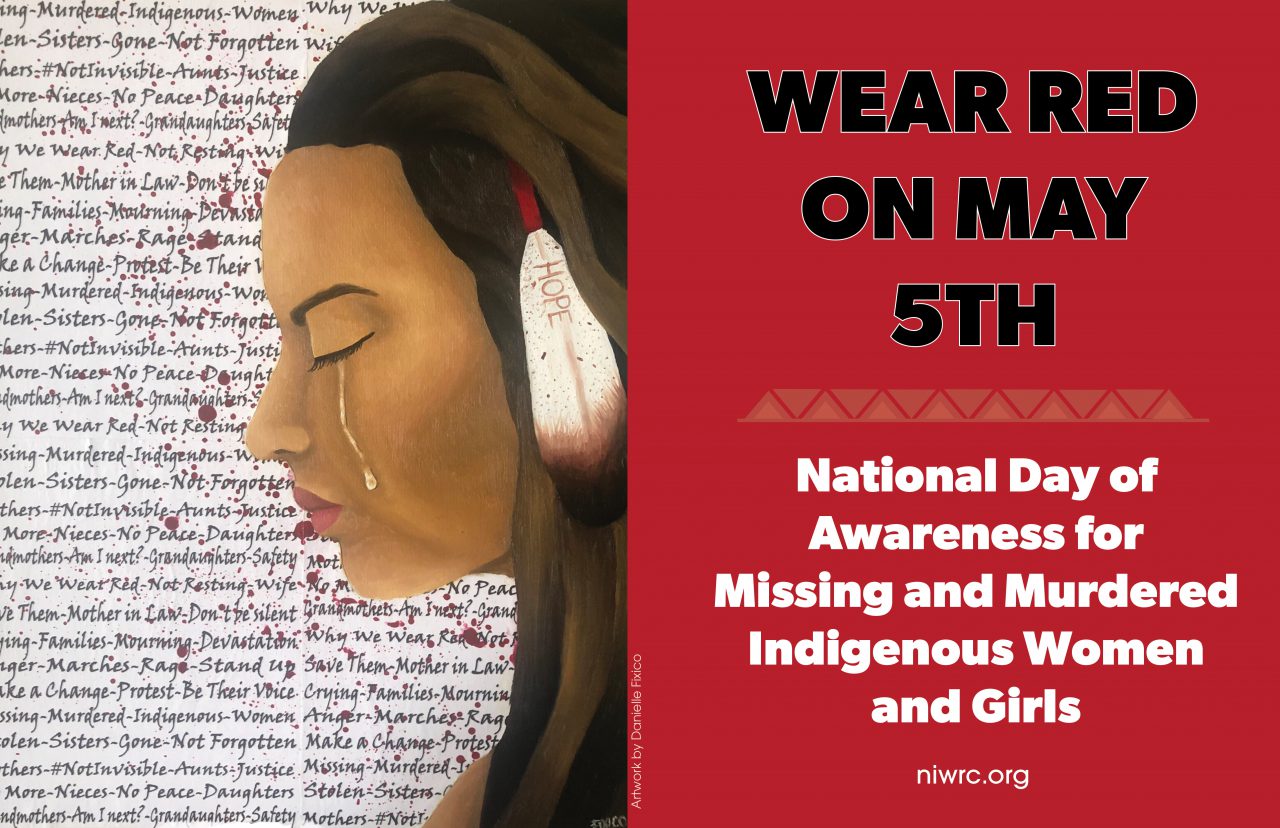
Today is May 5th, and on this day in history, a movement of recognition gained momentum when this date became known as the National Day of Awareness for Missing and Murdered Indigenous Women and Relatives. The date was chosen to honor Hanna Harris, a Northern Cheyenne woman born on May 5th, who disappeared in 2013 and was later found murdered.
The morning fog hangs low over the land today, not unlike the shroud of silence that has covered these disappearances for generations. There’s a certain weight to fog – how it obscures what should be visible, how it makes familiar landscapes suddenly mysterious. The women and girls and relatives who vanish seem to slip into a similar fog, one crafted from systemic indifference rather than water droplets suspended in air.
Statistics hover in the mist – Indigenous women face violence at rates far exceeding other populations. Numbers and percentages that should shock us have instead become background noise. But beneath each number is a person who left footprints on this earth – a daughter who sang off-key in the kitchen, a sister who always borrowed sweaters without asking, a mother who knew exactly how to braid hair so it wouldn’t come loose during the day.
Time works differently in grief. For families with missing loved ones, clocks seem both frozen and racing forward simultaneously. They live in limbo – unable to mourn properly, unable to heal. Their pain exists outside of our conventional understanding of chronology, suspended in a perpetual present tense of absence.
Across the continent today, people will wear red. Red dresses hanging from trees. Red handprints across mouths. Red ribbons tied around wrists. Color has power – it creates a visual wound in our field of vision. It demands attention. These displays transform invisible suffering into something we cannot look away from, even if we wanted to.
The poet Joy Harjo once wrote about how the world began in blood. Perhaps that’s why red speaks so clearly. It reminds us of what connects us all – the same blood that flows through Indigenous veins flows through all of ours. Their disappearances diminish every one of us, tear holes in the fabric we’re all woven into.
Memory is an act of resistance against erasure. To speak names aloud is to assert that these lives matter. To gather in circles is to create space where grief can be held collectively rather than borne alone. The ceremonies happening today across turtle island are ancient technology for processing what seems unprocessable.
As darkness falls tonight, think of the constellations overhead – patterns we’ve assigned meaning to for millennia. Some cultures see bears and hunters in the stars; others see different stories. But all human eyes have gazed upward seeking meaning. Perhaps the greatest honor we can pay those missing is to see patterns in their absence – to recognize the systematic nature of this violence rather than dismissing each case as isolated tragedy.
The dawn will come again tomorrow, as it always does. But awareness isn’t meant for just one day. It lingers, changes us, asks us what world we want to wake up to.